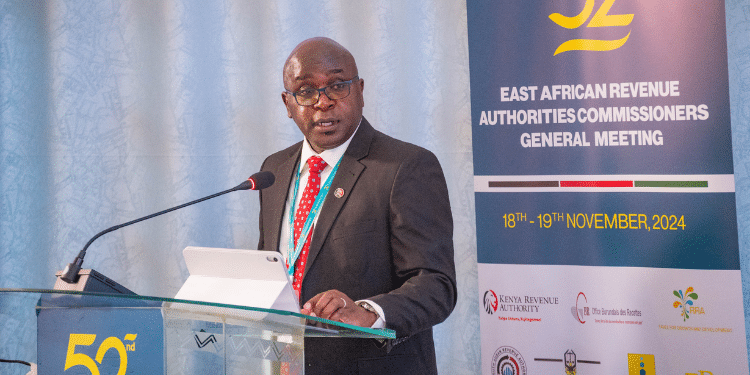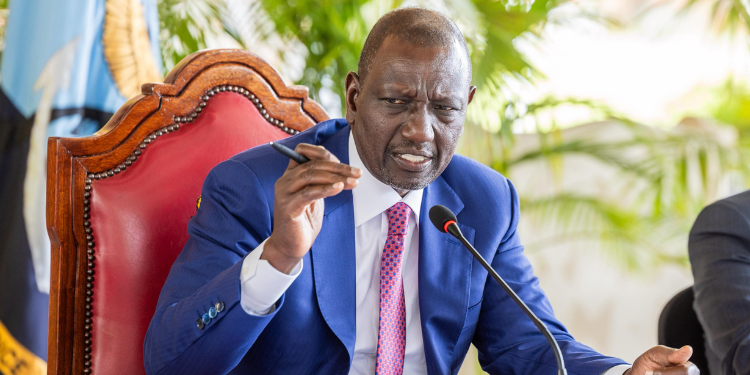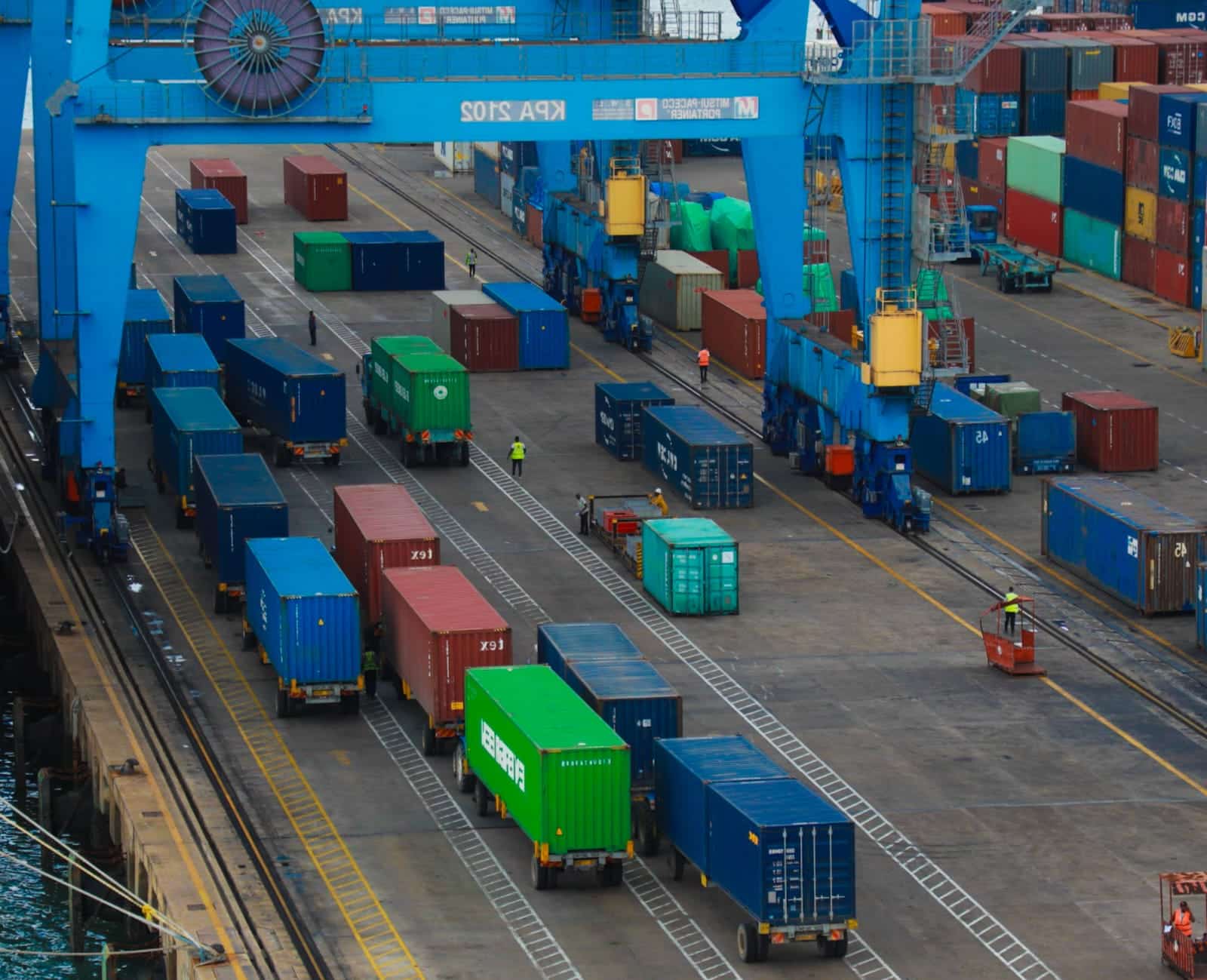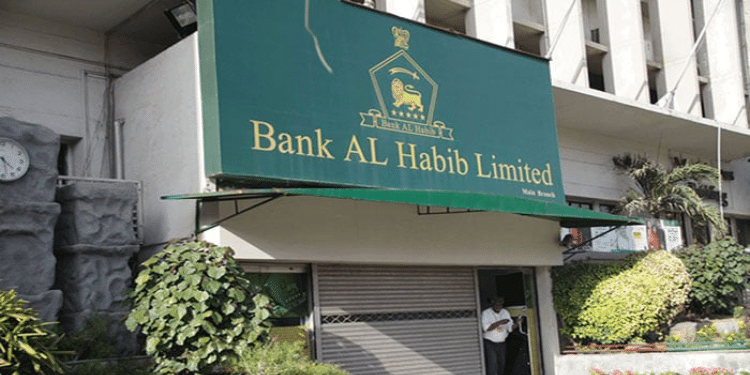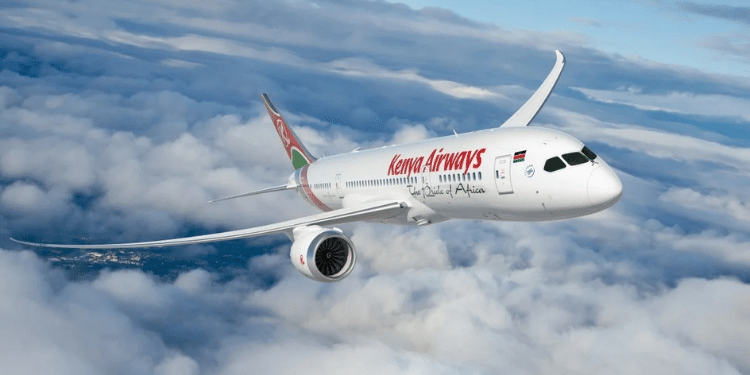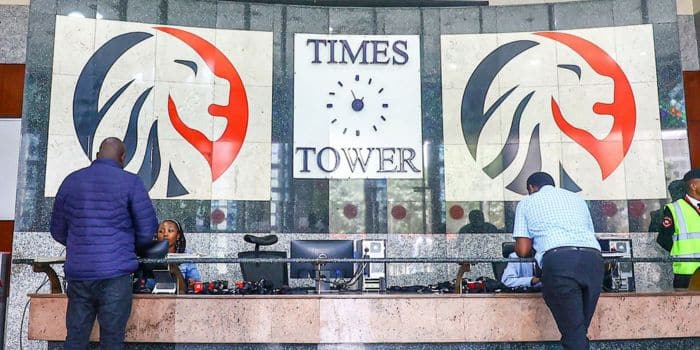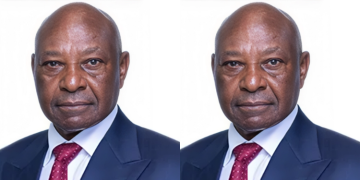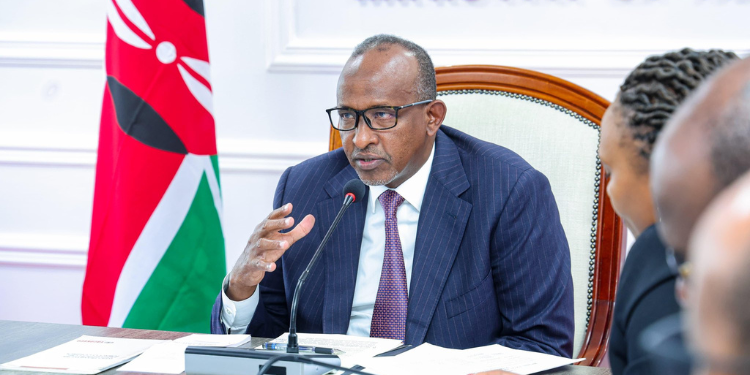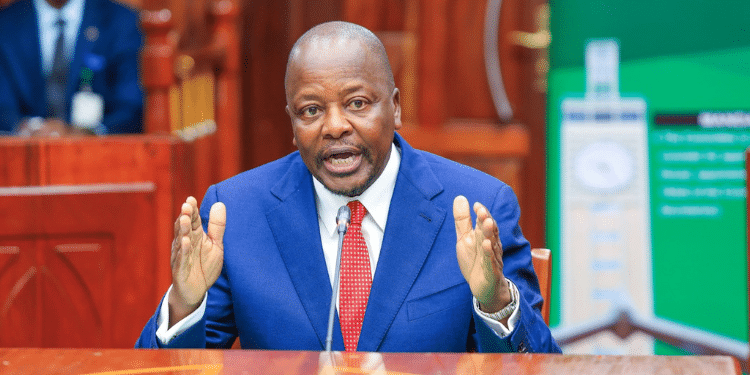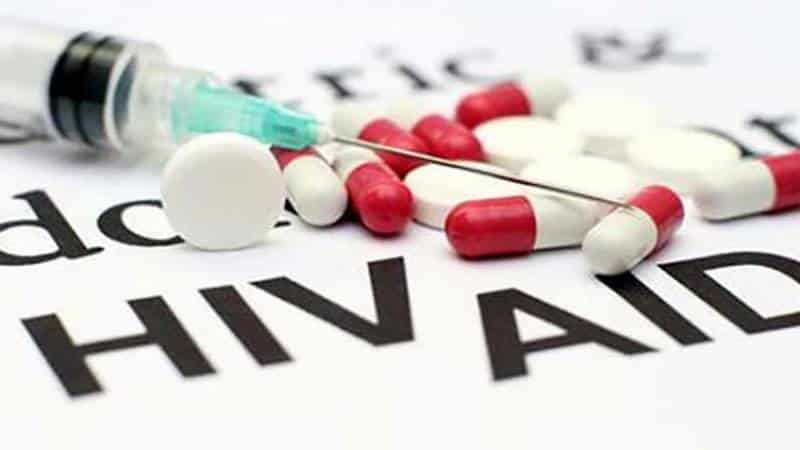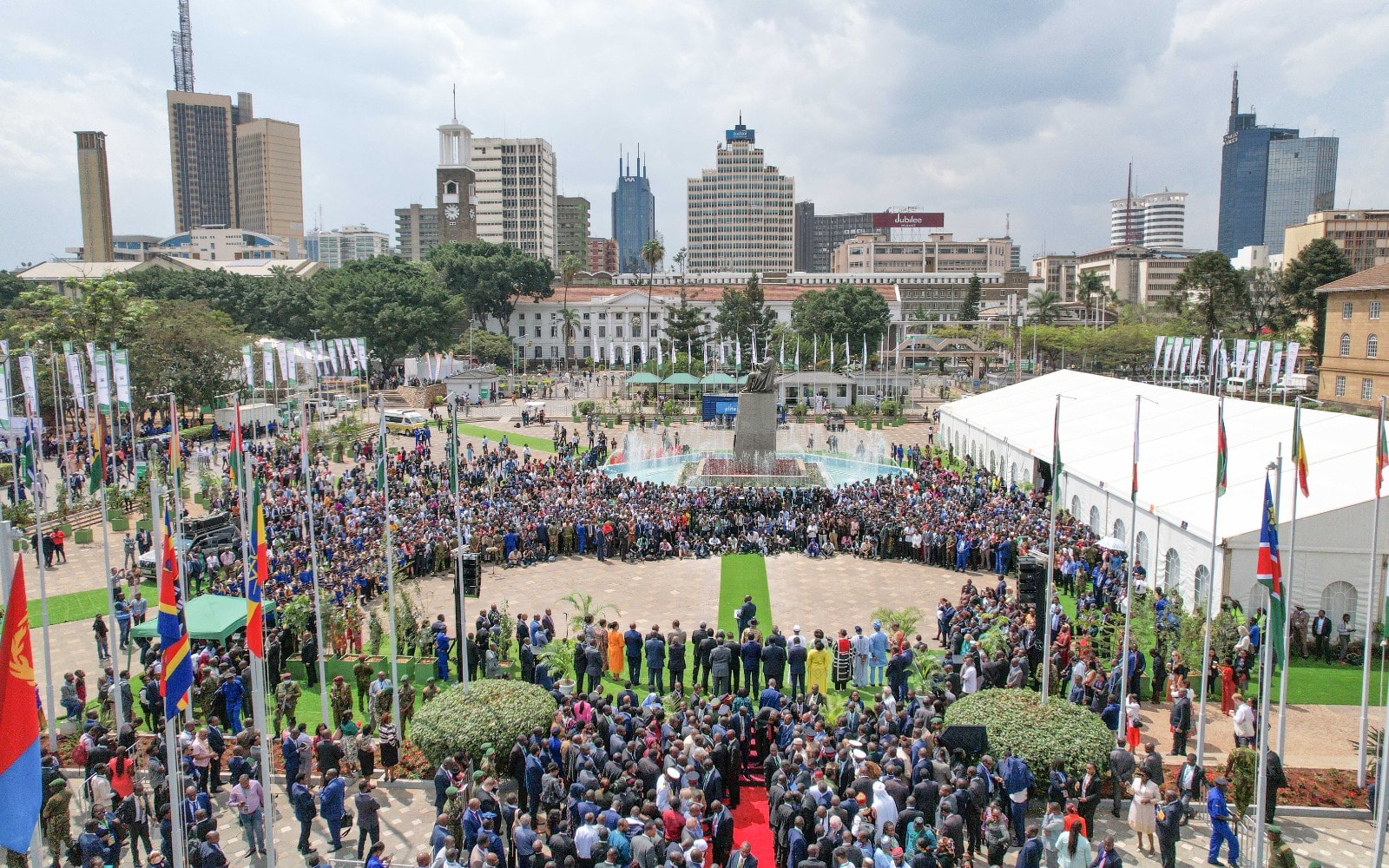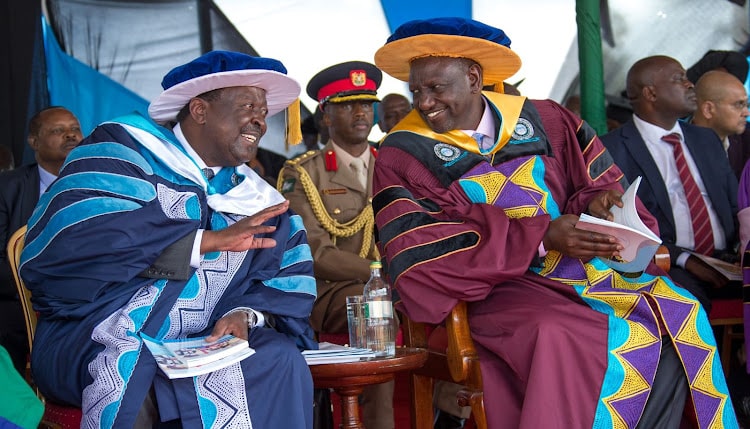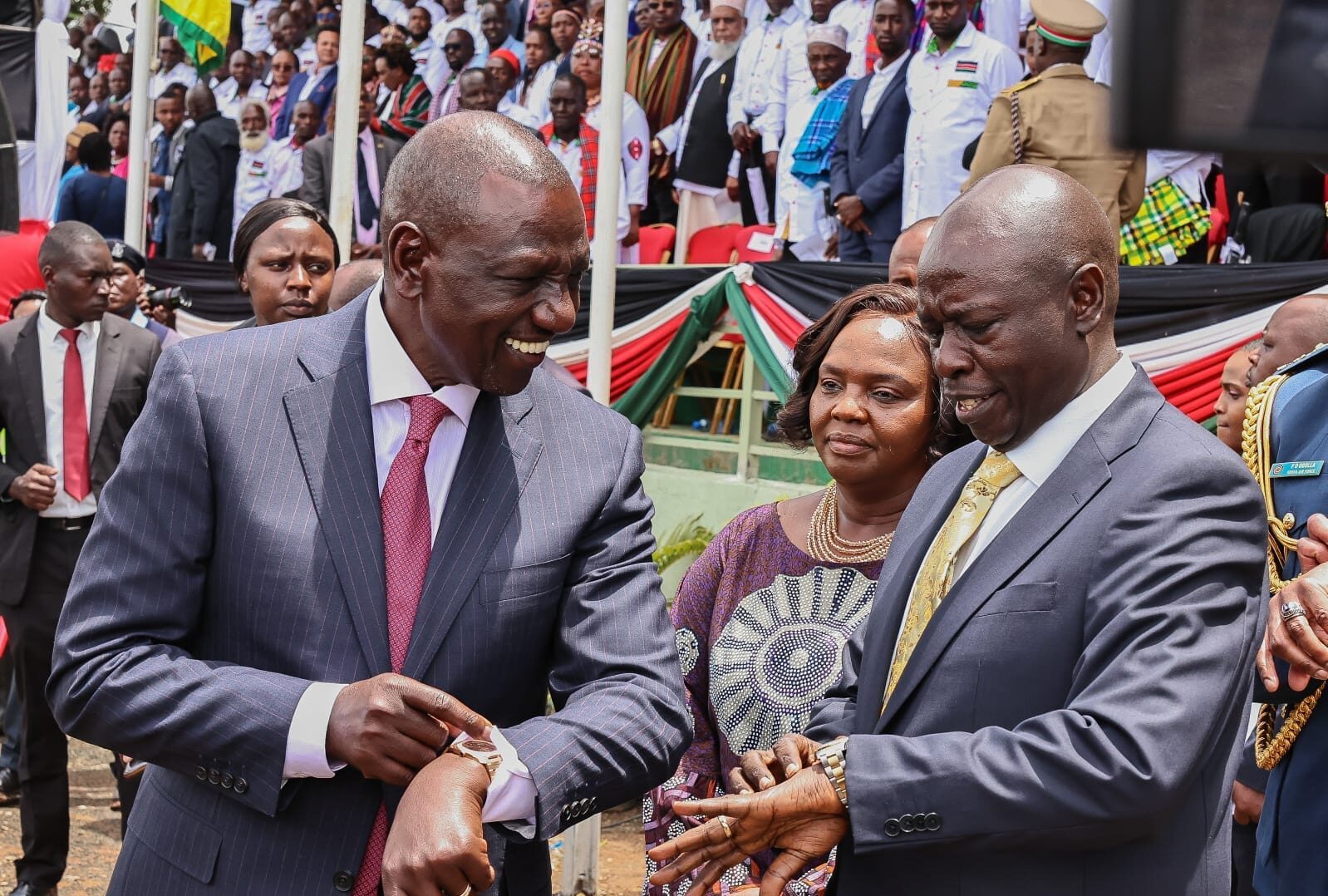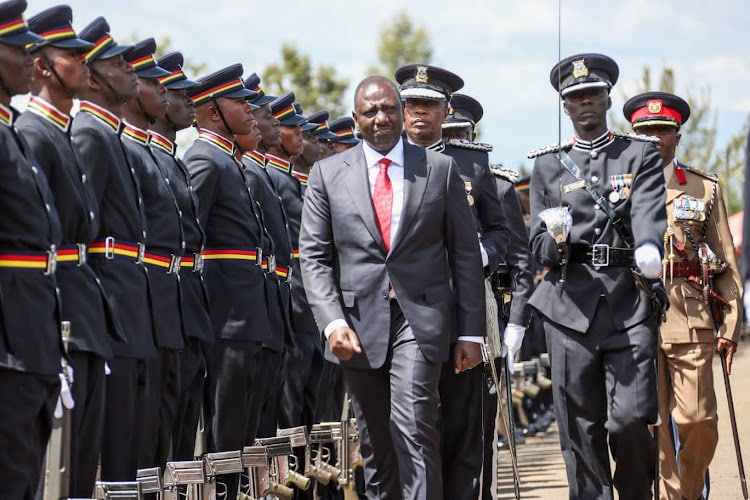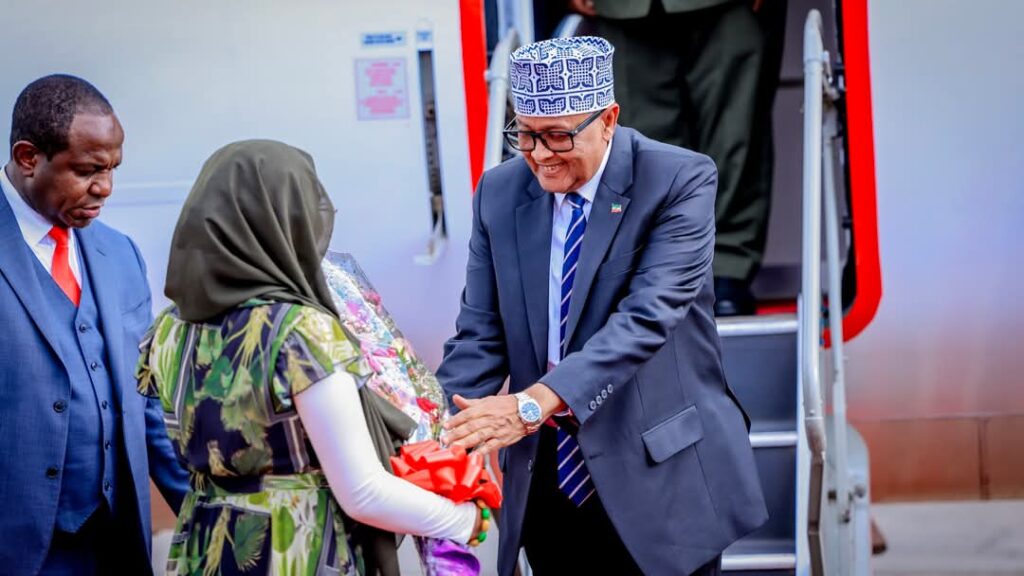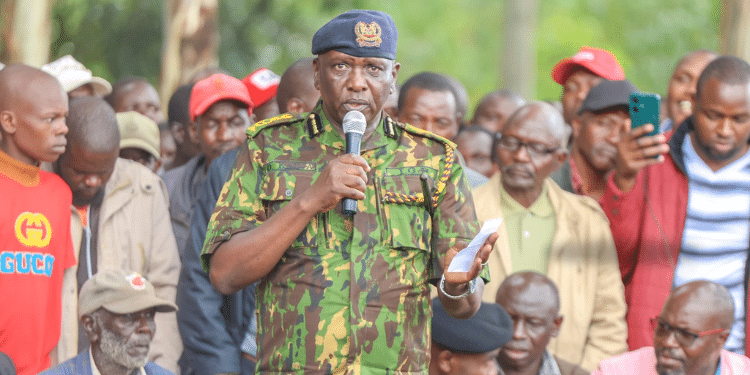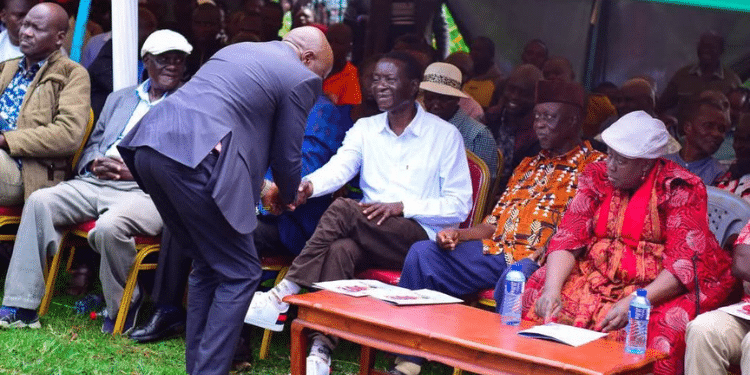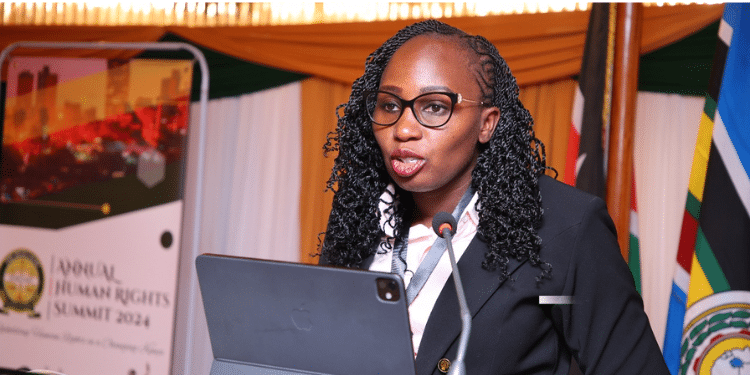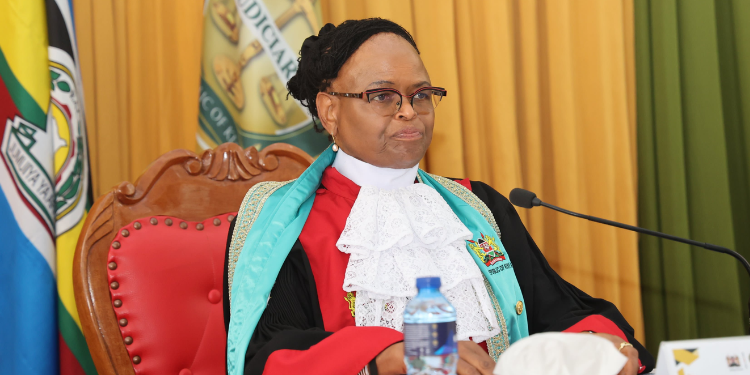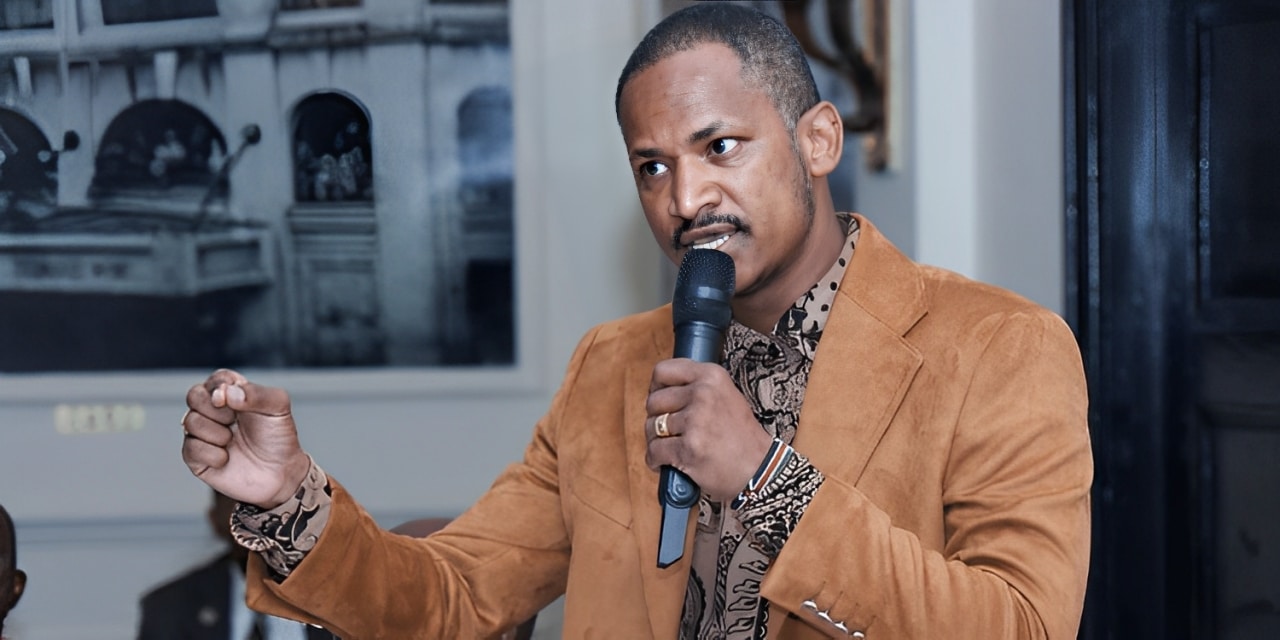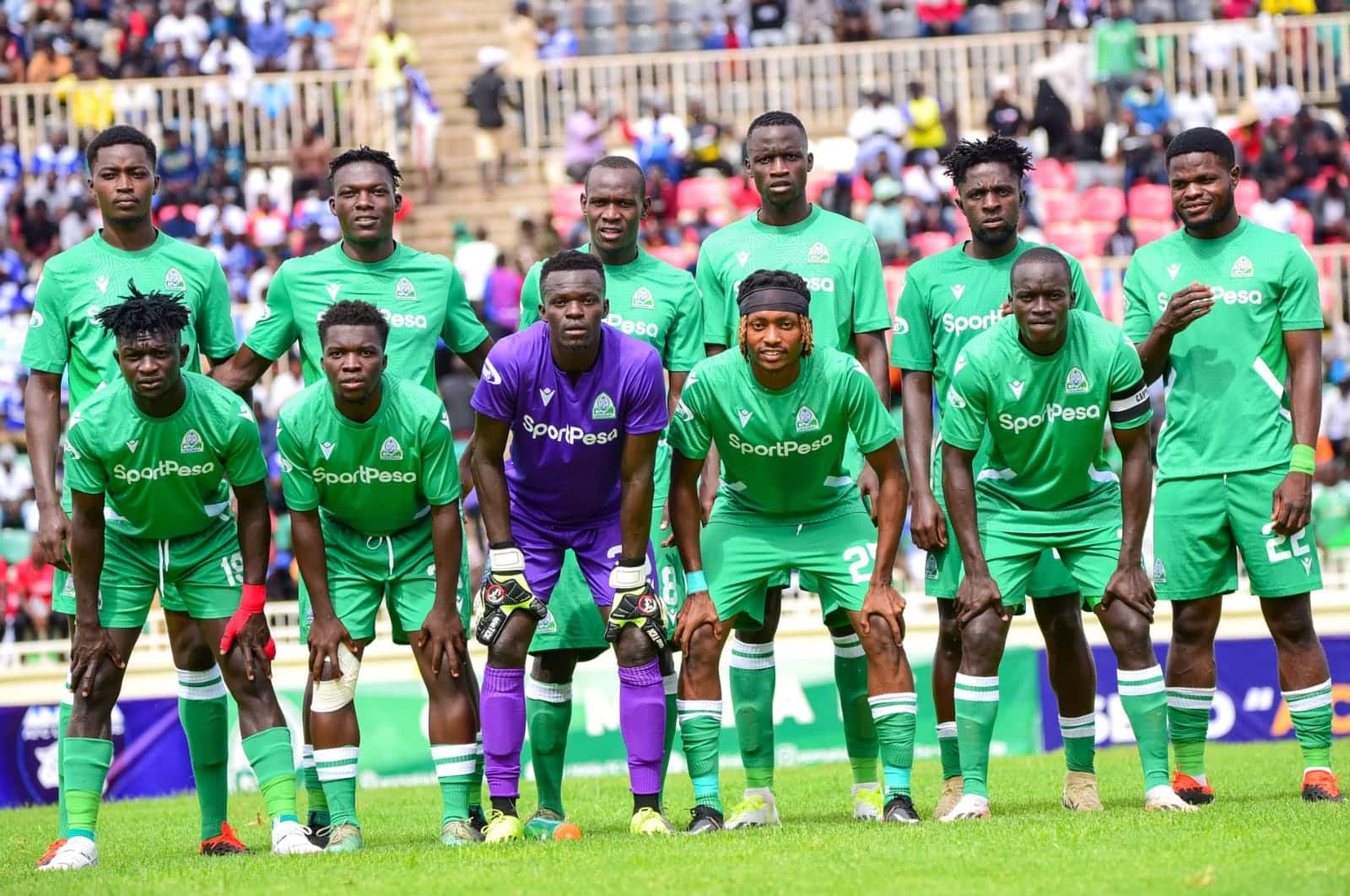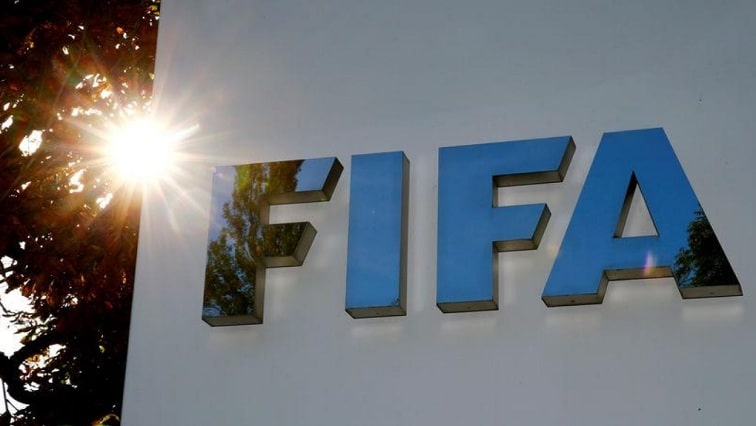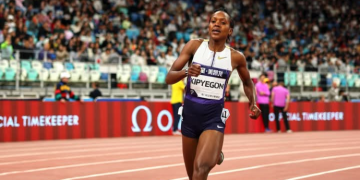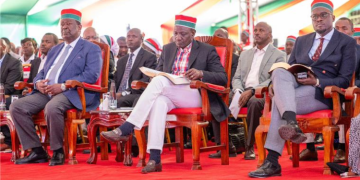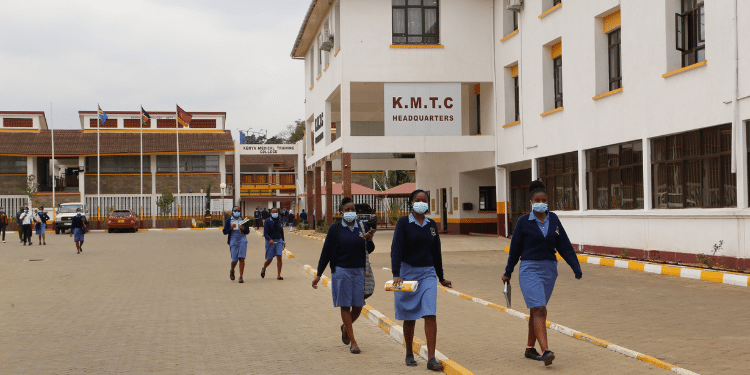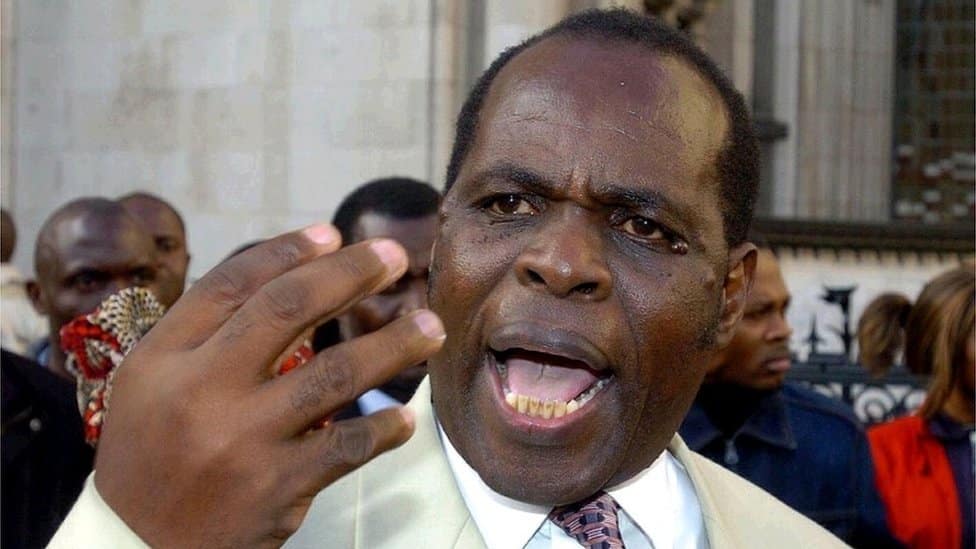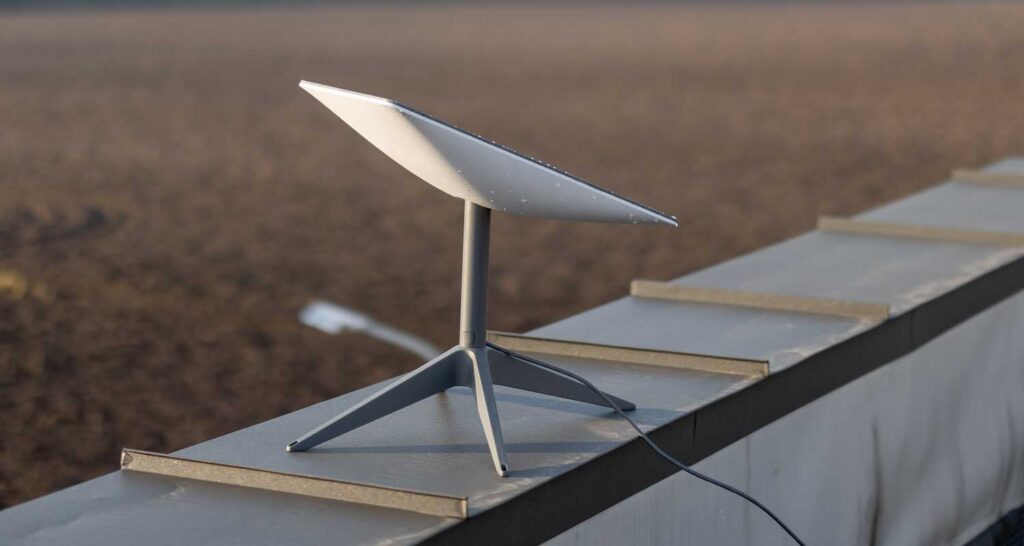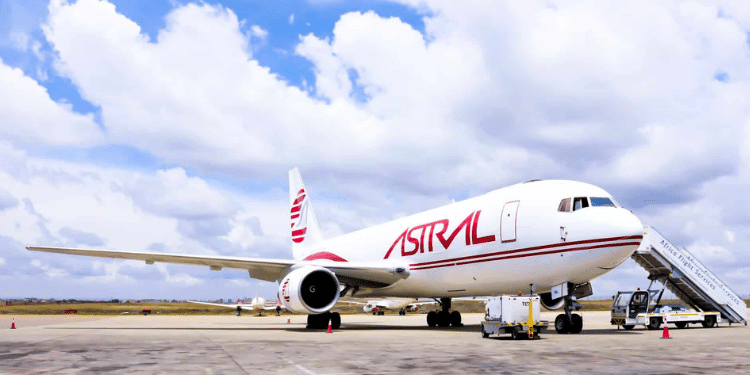A report by the Communications Authority of Kenya (CA) has revealed that the share of advertising spending on Kenya’s television and online media space declined in 2023 due to the anti-government protests (Maandamano).
The Kenya Media Landscape Report (July-September 2023) by CAK detailed the significant growth shown in online and television platforms during the period.
“Overall spending experienced a 14% decline compared to the same period last year due to low consumer purchasing power, anti-government protests and skyrocketing commodity prices,” read part of the report.
Opposition leader Raila Odinga led anti-government demonstrations to protest electoral injustices and the high cost of living, causing economic shutdown.
During the same period, Nairobi was the most hit, with businesses remaining closed.
Odinga later struck a deal with President William Ruto, ending the demos, although the damage was already irreparable.

According to the report, the overall industry expenditure recorded on advertising was Ksh16 billion, with the highest allocation going to TV advertising.
The share of advertising spent on TV remained constant through the three months of July-September, recorded at Ksh5b in July, Ksh5.3b in August and 5.7b in September 2023.
This was a 19% drop in the quarterly ad spent compared to the same period last year.
“Overall, media spending has decreased due to government budget cuts, and brands are currently prioritizing market retention by implementing targeted exposure strategies with minimal spending,” explained the Authority.
CAK Report
Additionally, the report attributed the decrease to brands with a wider product portfolio opting for a range of product campaigns and intermittent exposure.
Also Read: Blow to Citizen TV, NTV & KTN as Govt Issues New Directive
On the other hand, the expenditure on a combination of TV, radio and print declined by 15% in July and increased by 5% and 8% respectively in August and September 2023.
Digital content, the Africa climate summit, Corporate Social Responsibility (CSR) activities, fintech, and real estate media activities accounted for a significant portion of TV media buying.
At the same time, the report detailed that financial services and communications had the highest advertising spend on radio.
The report also revealed the newspaper readership demographics which showed that more males in the country read newspapers as compared to females.
Higher readership incidences were reported in Nairobi and Western topographies and in urban areas.
For television, the viewership recorded was also higher amongst males than females, with the viewership highest in Upper Eastern followed by Central and Nairobi topographies.
Also Read: Order to Run All State Adverts on KBC is Unfair to Consumers
The lowest incidence of TV viewership recorded was in Northeastern.
According to the authority, Meta-owned social media platforms Facebook and WhatsApp dominate Kenya’s social media landscape with 45 percent popularity driven by cheaper messaging costs.
Government Directive on State Ads
The report by CAK on advertising trends came in the wake of a directive ordering all state adverts to run on Kenya Broadcasting Corporation (KBC).
Principal Secretary for Broadcasting & Telecommunications Prof. Edward Kisiang’ani made the directive in a circular dated March 8.
“In light of the foregoing, all public sector electronic (radio and television) advertisements from Ministries, Departments and Agencies (MDAS) that fall under the National Government, Independent Commissions and Public Universities shall be handled by the Kenya Broadcasting Corporation (KBC) upon authorization by the Government Advertising Agency (GAA),” read part of the letter.
According to PS Kisiang’ani, the move was part of addressing the situation where the government owes media houses substantial amounts of money in pending bills.
Additionally, the government explained that it was keen to foster a modernization framework in the aim to revive KBC in turn making it the premier national broadcaster in Africa.




